Cotton is a natural and practical material, and fabrics made from it are widely used and in great demand. The natural composition is especially valued at the present time. The material is characterized by natural strength, practicality, safety and functionality.
- What is cotton fabric
- Interesting facts about cotton
- Where it grows
- How Cotton Is Picked
- Leaders in cotton production
- Harm of cotton
- Production technology: stages
- Properties of cotton fabric
- Types of weaves of cotton fabric
- Types of cotton fabrics by finishing method
- Classification of cotton fabrics by purpose
- Differences between natural and organic cotton
- Differences between cotton and other fabrics
- What is sewn from cotton
- Care of products
- Main advantages and disadvantages
- Reviews
What is cotton fabric
Materials made from plant fiber are cotton fabrics. The material first appeared in Russia in the 15th century, and during the Soviet era, at least 75 percent of all textile production was based on cotton. The raw material for the material is made from a plant called cotton. The raw material is used in various industries, but most often it is used to produce clothing, towels, and linen.

Cotton fabric is characterized by high strength and resistance to high temperatures, as well as hygroscopicity. The material is easy to wash and is ideal for summer clothing. Cotton fabric is used for sewing clothes for cold seasons. In this case, special brushed cotton is used, which has low thermal conductivity.
Cotton material is ideal for people with skin sensitivities as it is soft to the touch and hypoallergenic.
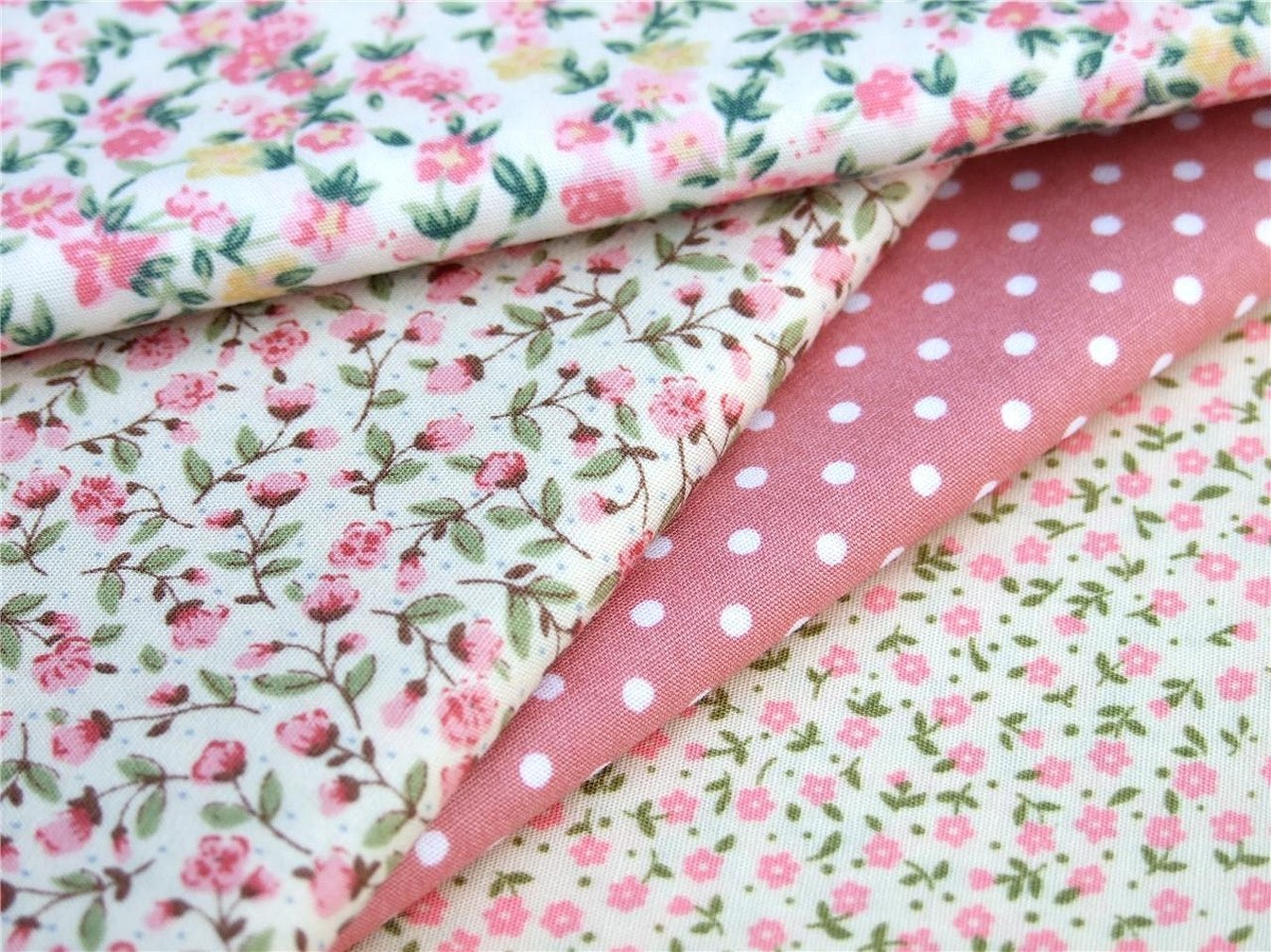
Interesting facts about cotton
The most common material in the world is cotton. It is used to make various items, from clothing to interior items. Since the material has been used for a very long time, the following interesting facts have emerged over the course of its existence:
- an experienced worker can collect about 80 kg of cotton per day, and a special harvesting machine can collect ten times more in this period of time;
- Cotton clothing was worn by warriors in ancient Roman regions;
- to produce 700 pairs of pants, you need to use a ton of raw materials;
- colored varieties were bred quite a long time ago, so multi-colored clothing made from this material is not always dyed;
- Cotton is used in the preparation of some explosives.
Since man realized its value, cotton has improved considerably and its applications have expanded.
Please note! The lifespan of a cotton flower is only one day. After that, its petals fall off and seed pods form.
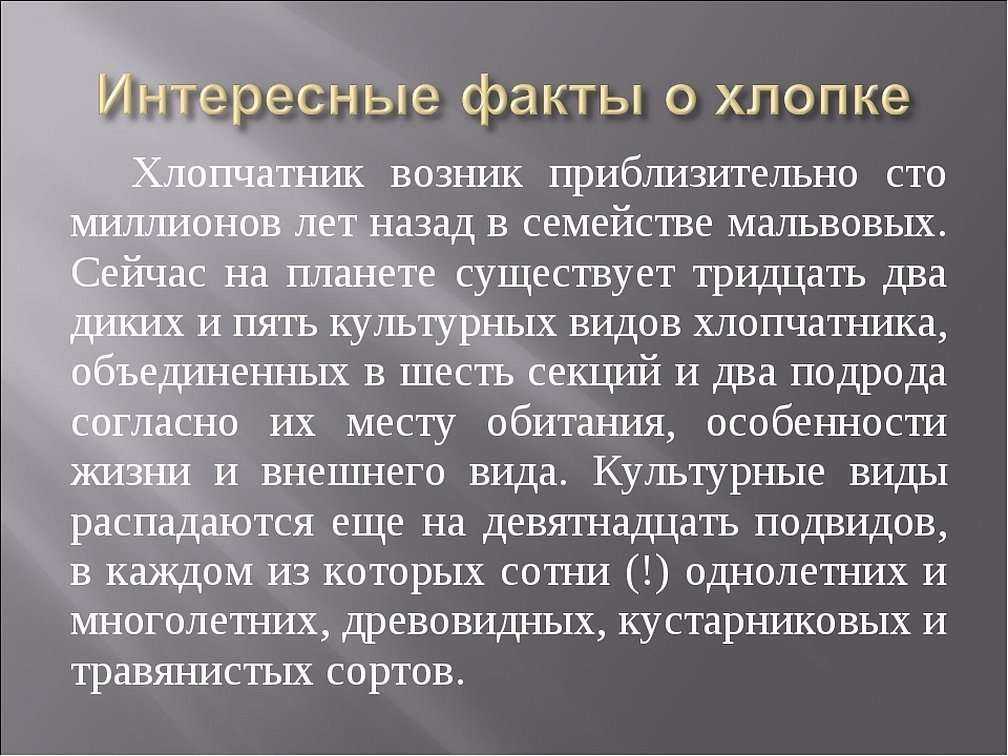
Where it grows
Cotton is considered a very specific crop. For its successful cultivation, it is necessary that warm weather without frosts persists for a long time, precipitation is moderate and the sun shines. That is why it is better to grow the crop in tropical and subtropical climate zones.
In Russia, the most favorable place where cotton can grow successfully is considered to be the North Caucasus.
India is considered the birthplace of cotton, but despite this, the crop is grown in large quantities in China, the USA, Pakistan, Brazil, Central Asia, as well as in Uzbekistan and Tajikistan.
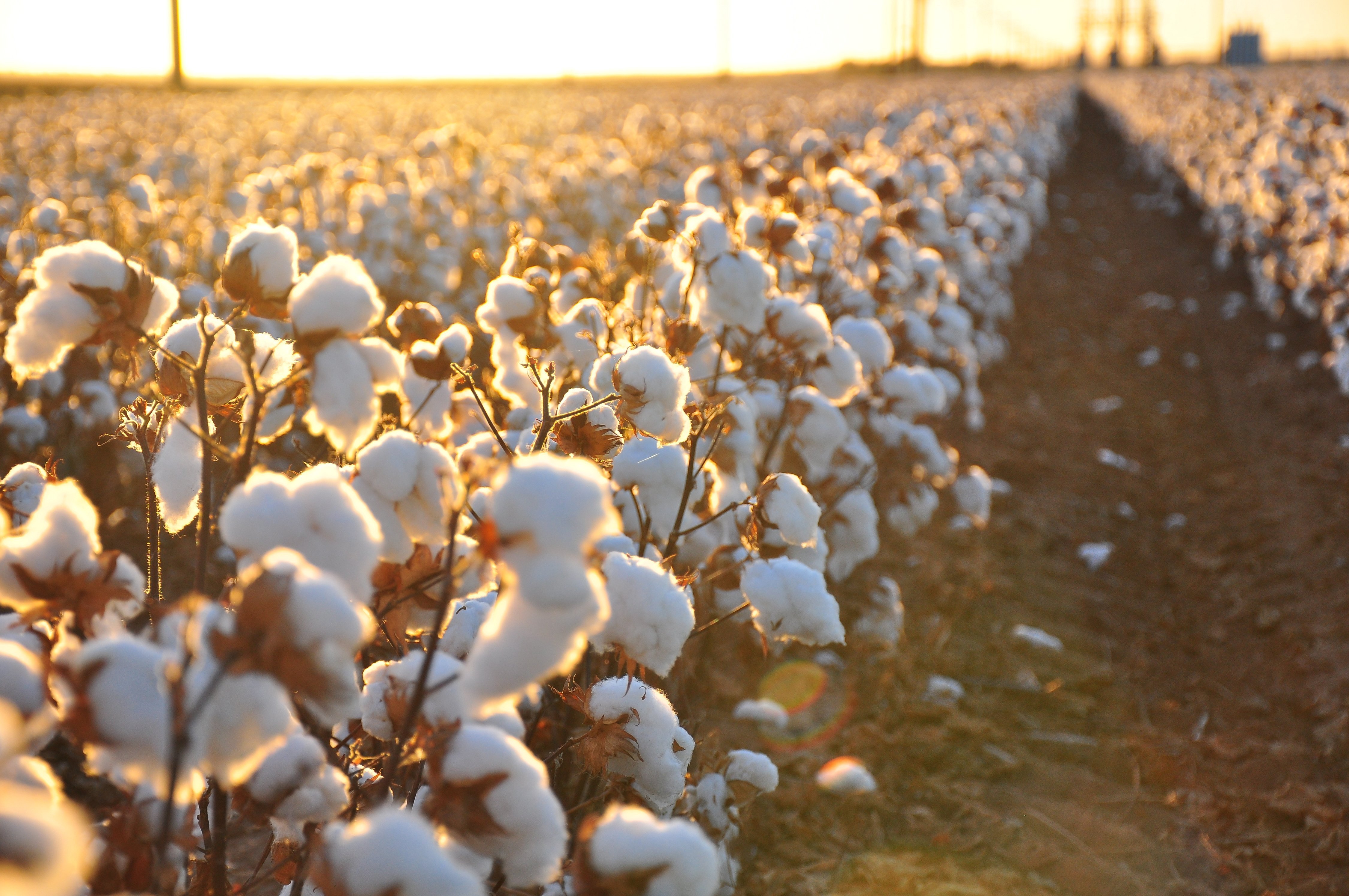
How Cotton Is Picked
Not many people know how cotton grows. This process is special, as the plant has indefinite stages of maturation. Cotton harvesting requires constant monitoring, during which the number of seed pods is monitored, as well as their opening. As soon as the pods open 80%, the crop is treated to speed up the ripening. Harvesting begins only after the pods open 95%. To facilitate harvesting during the growing process, the crop is treated with a defoliant. The treatment promotes the rapid fall of the leaves.
In ancient times, cotton flowers were picked manually, but today special cotton picking machines are used for this purpose.
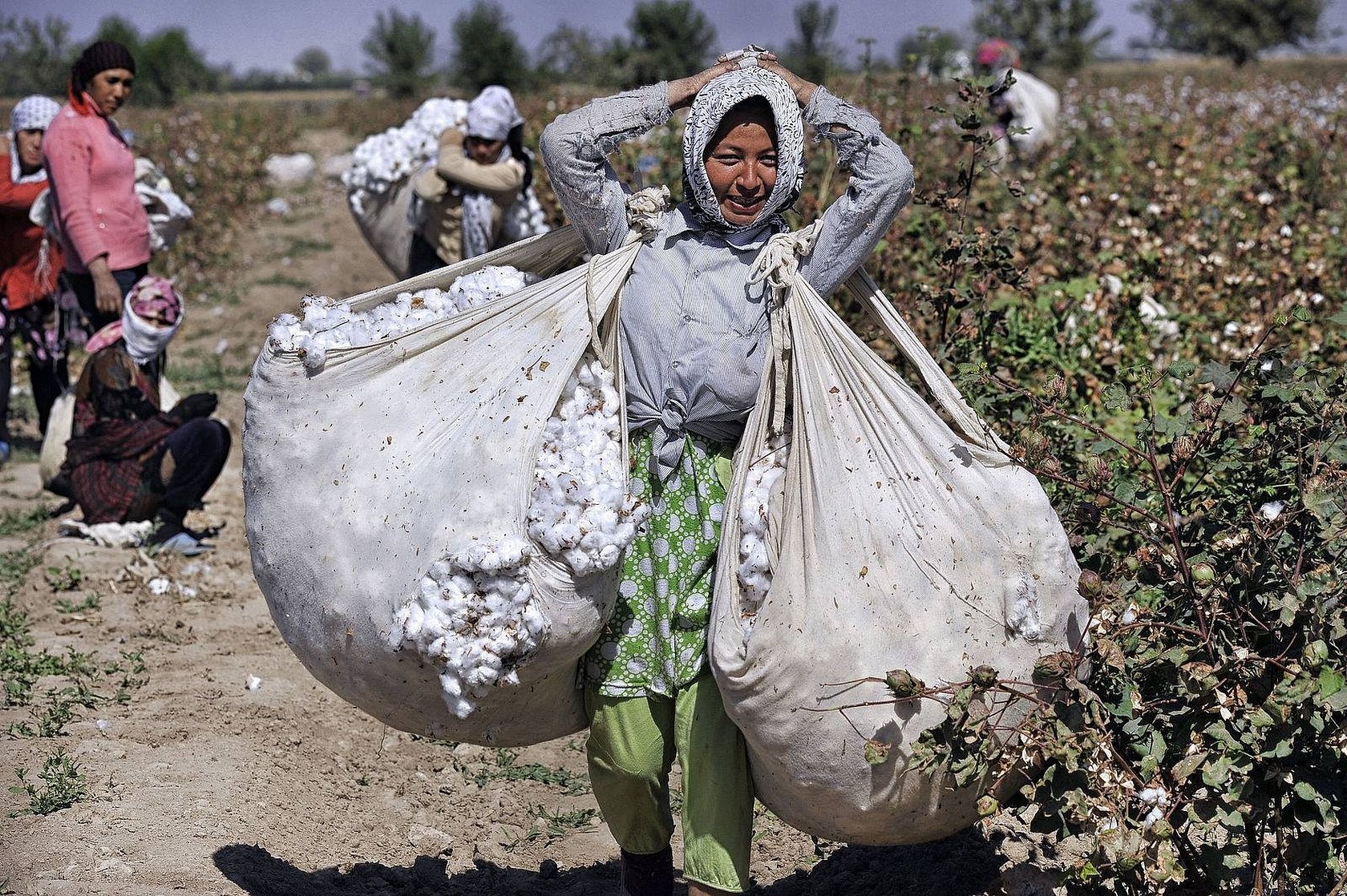
Leaders in cotton production
Today, China is considered the leader in cotton production. India is behind the Celestial Empire, as their growing methods and processing technologies are outdated and inefficient. The United States is among the top three and is increasing its pace every year. Pakistan is in fourth place, and Brazil is in fifth.
Harm of cotton
Cotton has many advantages and is considered one of the most popular materials for clothing production. The fabrics obtained from it are durable, have strong heat-protective properties and are wear-resistant. Due to these characteristics, cotton is considered an ideal material for humans, but not for nature.
Cotton production has the following negative impacts:
- The plant requires excessive water consumption during cultivation - a lot of land is allocated for growing the crop, which uses a lot of water when growing cotton. Some scientists believe that the disappearance of the Aral Sea was a result of growing the crop.
- Harmful chemicals are used in cotton production - pesticides and herbicides, the volume of which increases every year as insects become more resistant to them. The substances pollute the air, soil and surface water.
- Genetically modified seeds are used to grow cotton - around 55% of cotton worldwide is grown using genetically modified seeds. It has been scientifically proven that such crops reduce biological diversity, which is therefore considered to be a significant harm to nature.
- Dyeing and treating fibers with chlorine bleaches, which release toxic products that enter the environment.
Production technology: stages
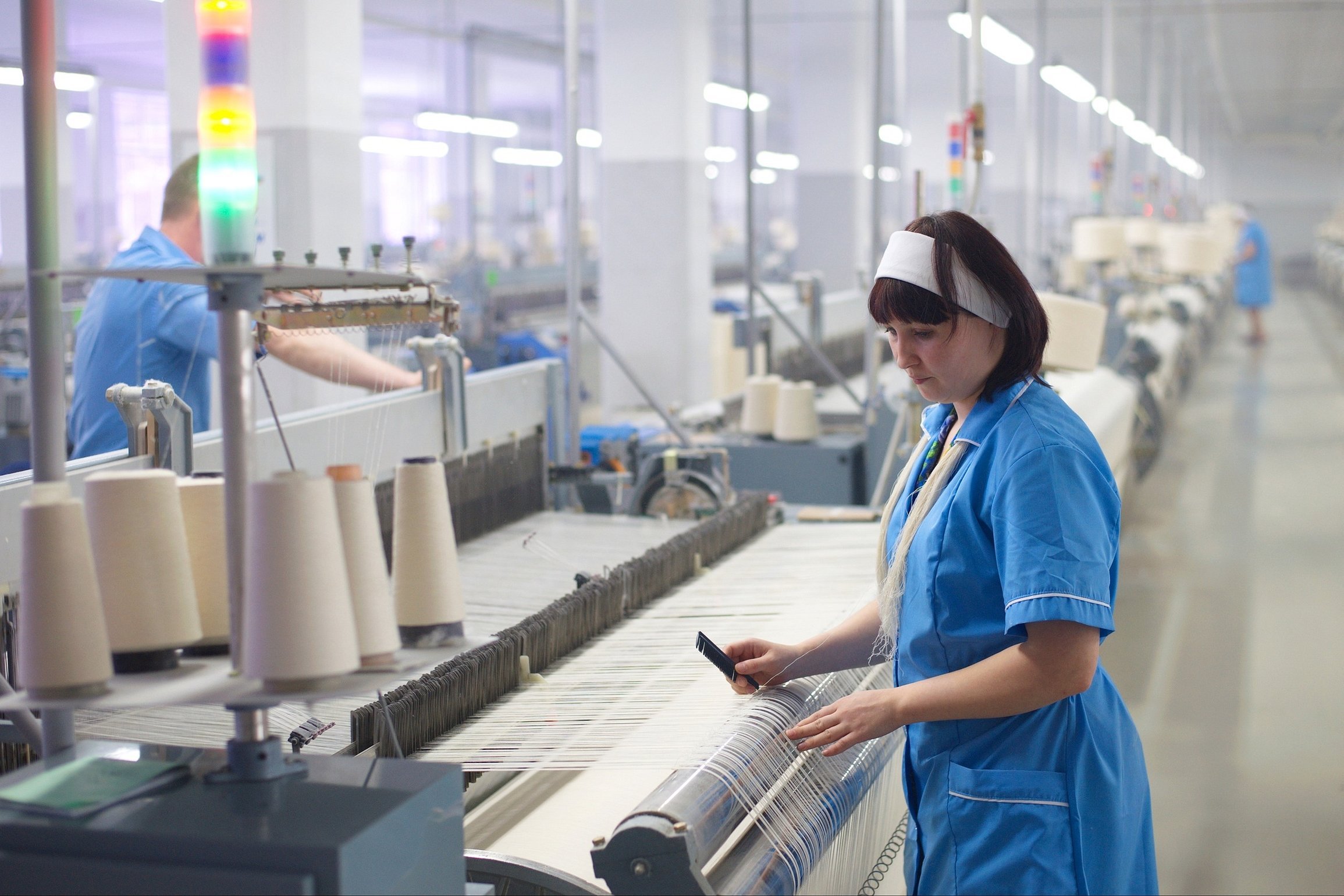
Cotton is obtained from the seed pod of the cotton plant. The production of the material is carried out in the following sequence:
- As soon as the cotton fruit ripens, the seed pod opens and harvesting begins. The work is done manually or with special machines.
- The collected raw materials are taken to a cotton collection point for weighing and storage.
- The cotton is then sent to a cotton ginning plant, where special machines separate the fibres from the seeds and sort them.
- The next stage is pressing the raw materials into bales and sending them to the finished product warehouse.
The final stage is the formation of continuous fibers from the bales, which are then interwoven into fabric and then products.
The fabric can be made from 100% cotton or with the addition of various additives to change the properties of the material.
Properties of cotton fabric
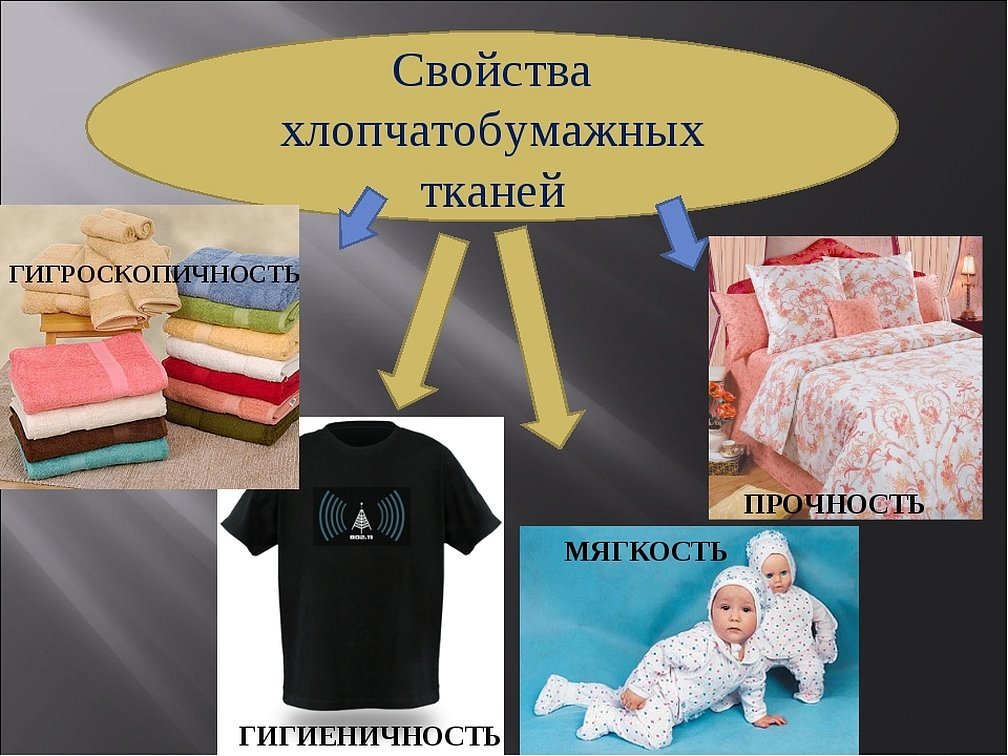
Cotton fabrics are tactilely pleasant, environmentally friendly and hypoallergenic. In addition, cotton has the following properties:
- air permeability;
- hygroscopicity;
- softness;
- ease;
- strength;
- heat retention;
- thermoplasticity.
High performance qualities of cotton fabric combined with low cost explain the popularity of the material for sewing various products. Cotton is used to sew men's, women's, children's clothing, as well as underwear, bed linen, table linen, curtains and thin drapes.
Types of weaves of cotton fabric
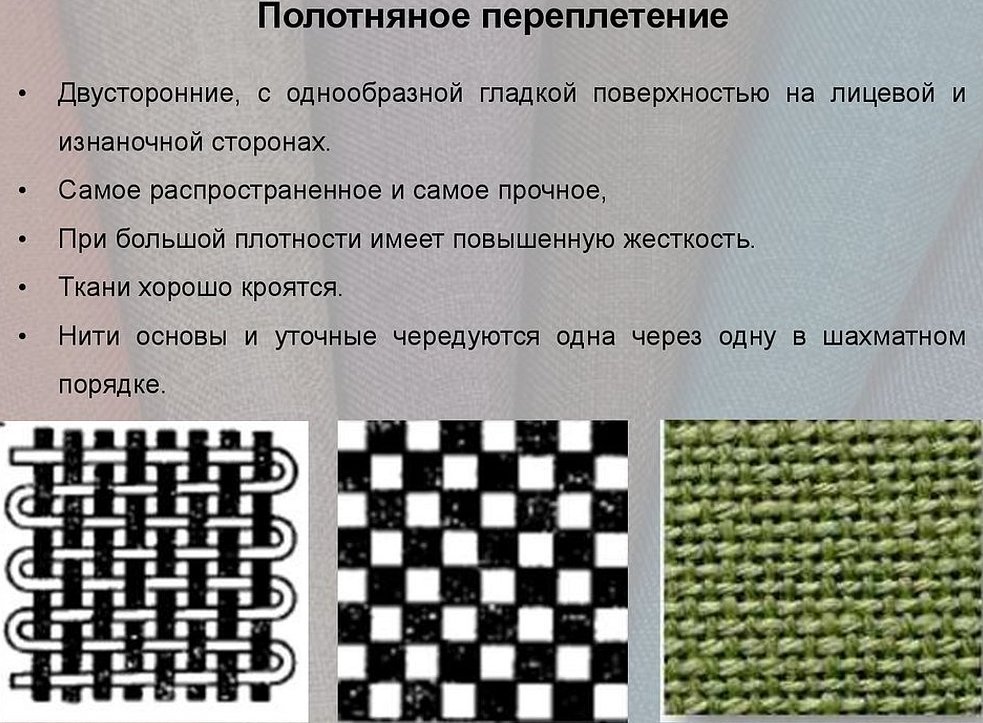
It is difficult to meet a person who does not know what cotton looks like, but not everyone has an idea about the types of thread weave. Currently, the following types of cotton thread weave exist:
- Plain weave is a type of weaving with a thread through a thread. The result is a smooth and even surface that is highly durable. Representatives are calico, chintz, poplin, taffeta.
- Twill - the threads intersect 1 through 2 or 3, i.e. by means of an asymmetric shift. The material is dense and resistant to abrasion.
- Satin - characterized by the fact that the weft threads predominate on the front side. The material is shiny, smooth and durable. A striking example of such a weave is satin.
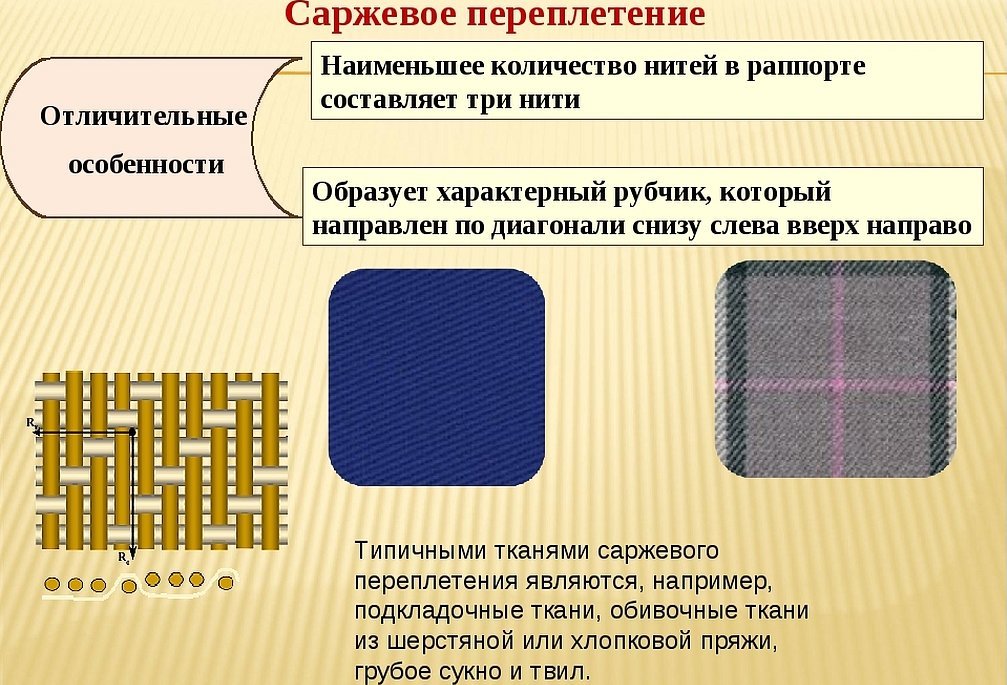
Types of cotton fabrics by finishing method
Cotton fabrics are also distinguished by the complex of physical and chemical effects on the material, that is, by the finishing method. Cotton finishing can be:
- melange;
- harsh;
- bleached;
- multi-colored;
- plain dyed;
- stuffed.
All of the above treatments are performed to improve the appearance of fabrics, as well as to make them soft and durable.
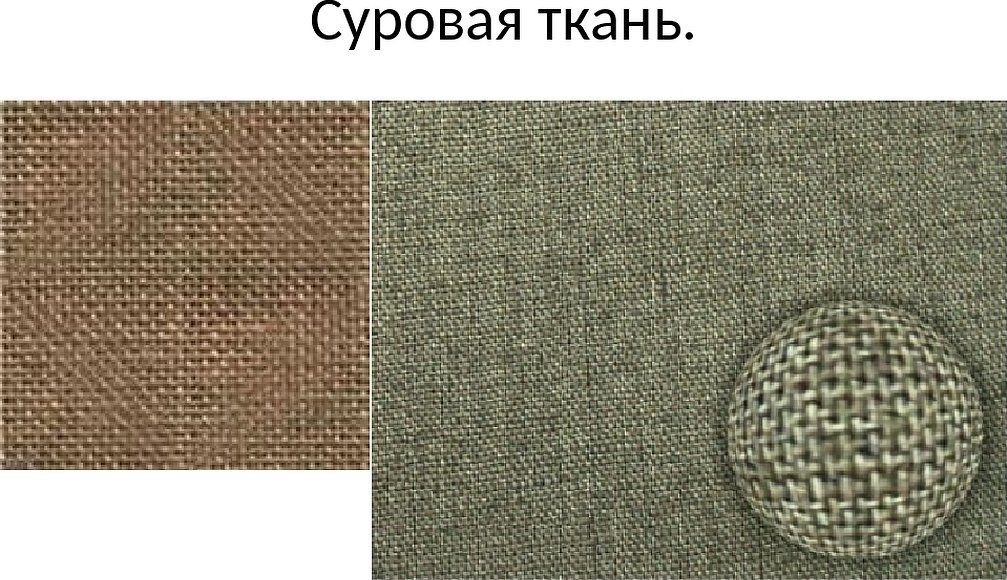
Classification of cotton fabrics by purpose
Depending on the use of fabrics and their purpose, cotton raw materials are divided into:
- Demi-season - due to its high density, the material has heat-protective properties and the ability to retain its shape.
- Summer - fabrics are lightweight, breathable and low density.
- Winter - the material has a high density and a brushed pile.
- Clothing - used for sewing industrial and production clothing.
- Lining fabrics are auxiliary materials.
- Decorative - used for furniture upholstery, sewing curtains and drapery. They are distinguished by their resistance to abrasion and stretching.
Differences between natural and organic cotton

Natural cotton is practically no different from organic cotton. According to the description, the difference lies in the harmlessness of production and quality control. At the same time, the basis for the production of ordinary cotton is to make a profit, regardless of possible negative consequences. At the same time, eco cotton is collected manually, and ordinary cotton is preferred to be collected using special equipment. When growing organic cotton, to combat pests, each meter is treated exclusively with natural products that do not have a harmful effect.
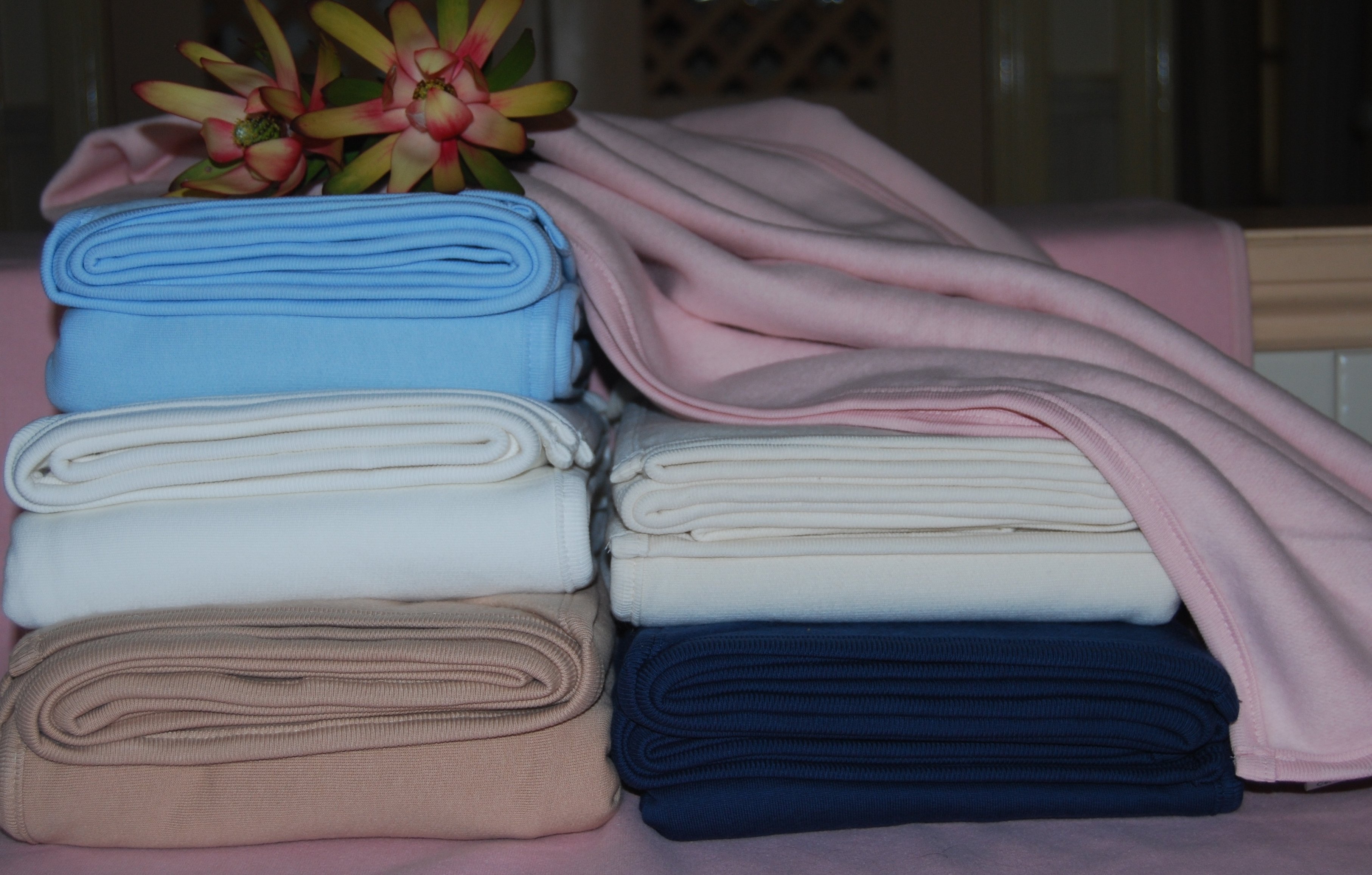
Differences between cotton and other fabrics
The material can be distinguished from other natural fabrics by the following features:
- when burning, the material emits white smoke and the smell of burnt paper;
- after burning, nothing remains except paper ash;
- When compressed, 100% cotton fabric feels soft and warm, the material does not wrinkle easily.
When buying products, everyone should know how to distinguish cotton from synthetics. As practice shows, artificial materials are highly electrified, remain cold when in contact with the skin, have a strong shine and are wrinkle-resistant. In addition, products that contain only natural cotton are difficult to stretch, but synthetic items will stretch a lot.
What is sewn from cotton
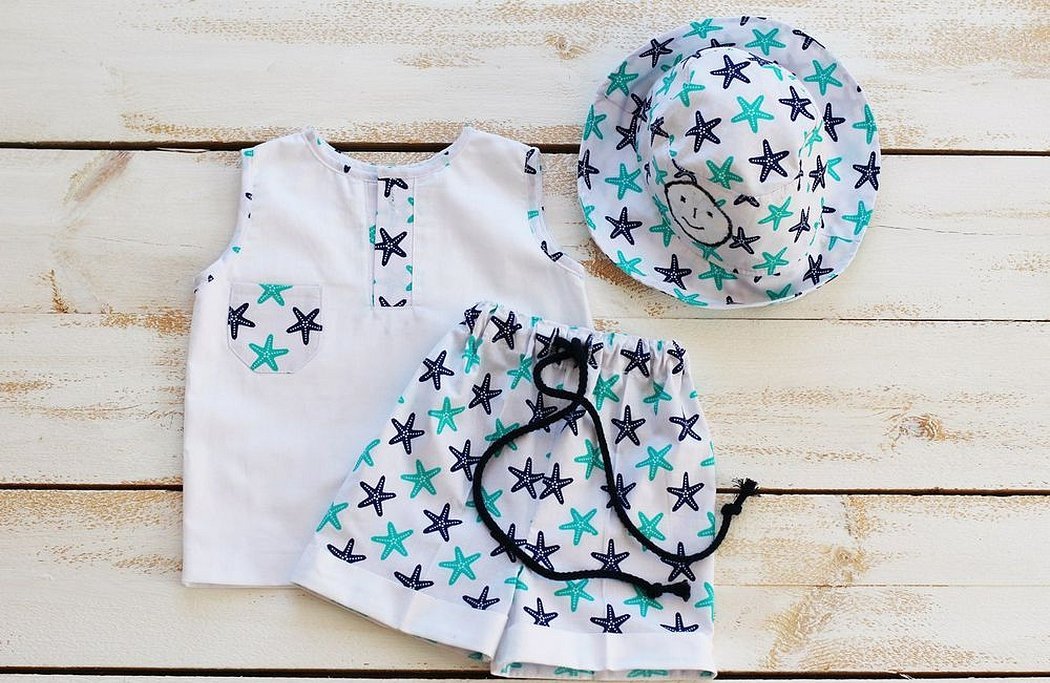
The material is classified as a universal fabric, which is used for sewing various clothes and underwear. Today, it is used to sew:
- underwear;
- outerwear;
- sleep products and equipment.
The clothes have an interesting and spectacular appearance, and do not stretch or lose shape during wear. In addition, the material is not expensive and is available to different material strata of the population. Cotton is used to sew knitted clothes for children, which are in great demand among modern mothers. This is explained by the fact that such knitwear is universal, stretches well, and children feel cozy and comfortable in the clothes.
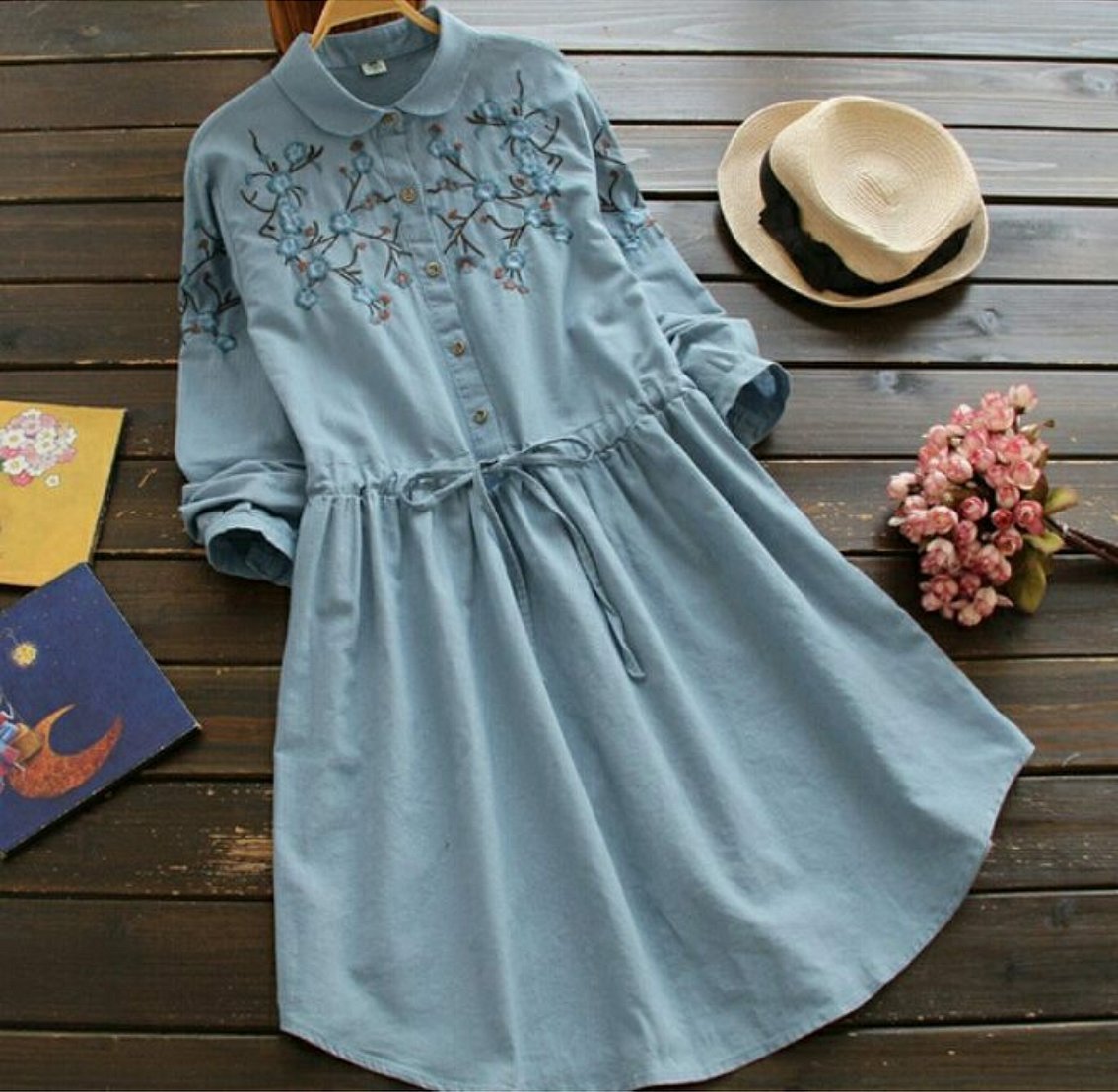
Care of products
In order for the products to retain their original appearance for a long time, they must be properly cared for. Shrinkage can be prevented by washing cotton items at a temperature below 60 degrees. It is strictly forbidden to use bleaches on colored items.
Often the problem is that cotton items are difficult to iron. To make the process easier, you need to dry the clothes on hangers in a straightened form.
Please note! It is strictly forbidden to wash synthetics with cotton together, as this will lead to the surface of the material rolling.
When washing, use only high-quality washing powder. You can iron the items from any side.
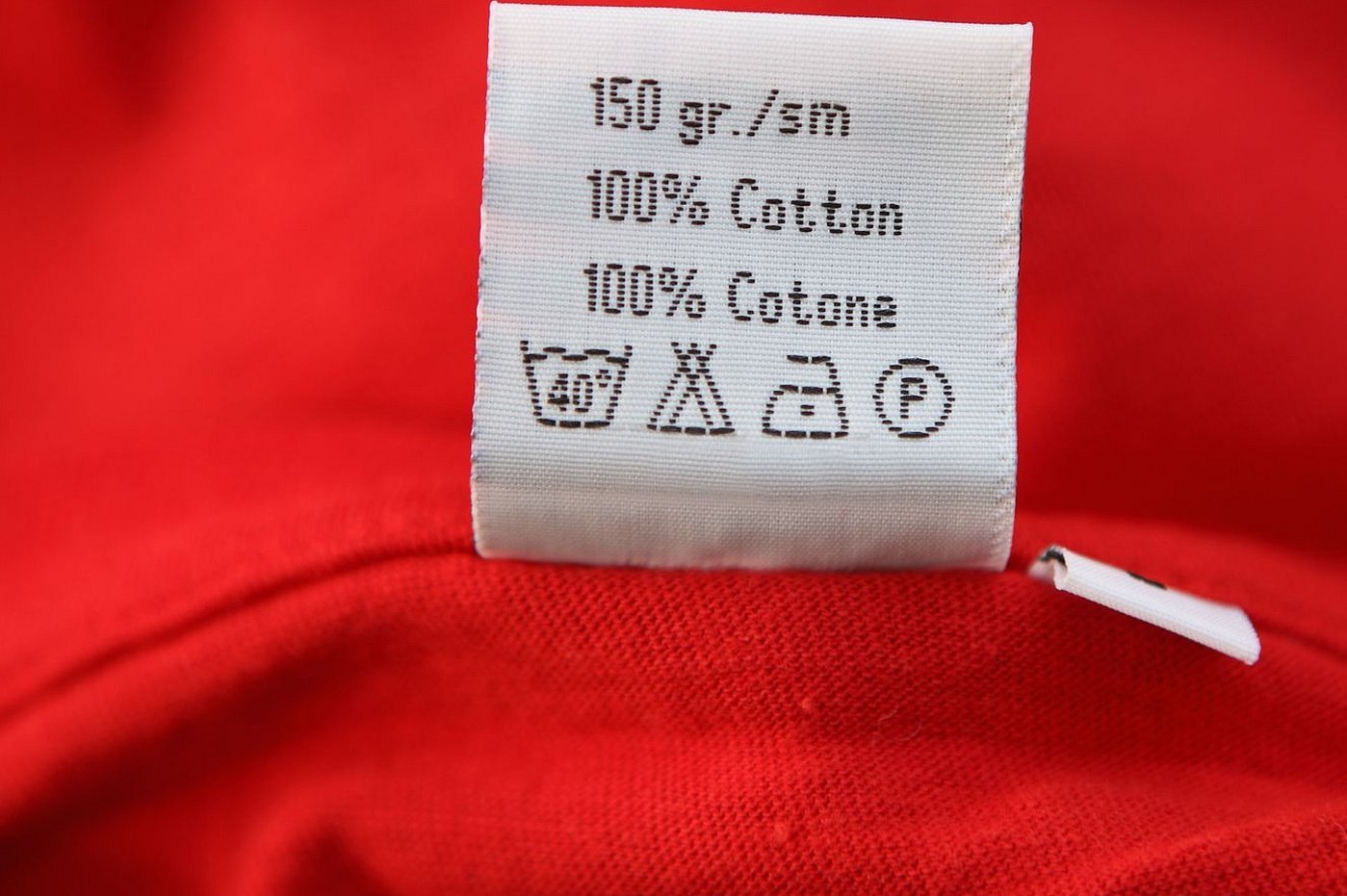
Main advantages and disadvantages
The products are easy to clean from dirt, so they are preferred when buying clothes for a child. Like other natural fibers, cotton does not dissolve in formic acid, alcohol and vinegar.
Cotton clothing has good hygienic properties and is breathable, so it is often used in the summer. Another advantage of the products is their practicality and versatility.
Despite the huge number of advantages, cotton products also have disadvantages. The main ones are considered to be a high percentage of abrasion, wrinkling and deformation. Despite the fact that these facts are confirmed, they do not make the products less popular and in demand.
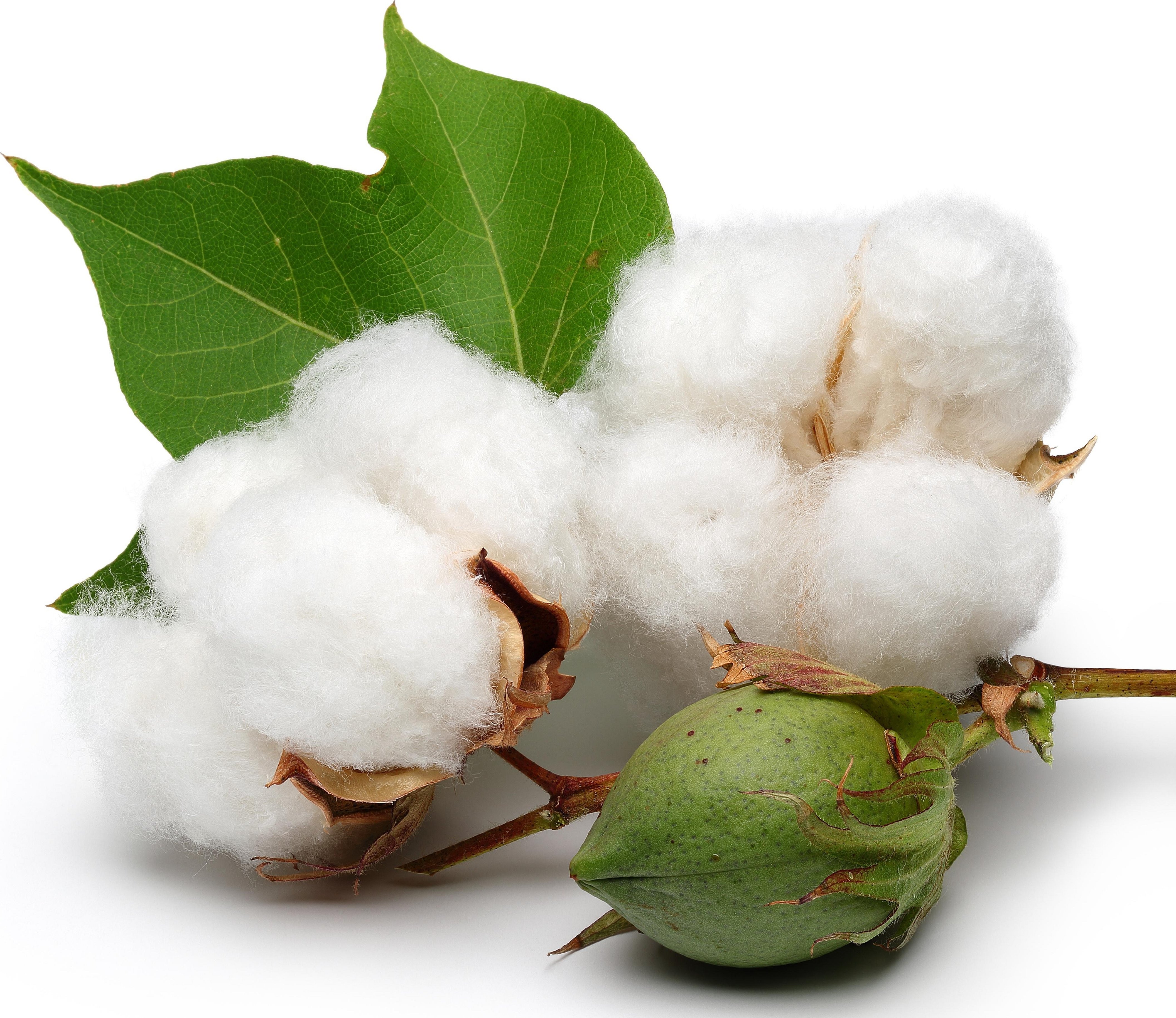
Reviews
Svetlana, 38, Novorossiysk: "For two years now, I have been buying clothes for myself and my loved ones only from cotton. The products do not fade and are distinguished by good density, as well as a large selection of colors. I buy cotton items in regular stores, and also often order online. Recently, I have been very pleased with items made from Polish cotton. They are very bright, do not shrink, and are highly resistant to abrasion."
Maria, 56, Rostov-on-Don: “I learned about the existence of Korean cotton several years ago, despite the fact that I have been sewing and doing needlework for a long time. I ordered the fabric online, since, unfortunately, such material is not available in our stores. The material feels like high-quality satin. It does not wrinkle much when used, despite the fact that it is 100 percent cotton. After washing, it does not shrink or fade. I was especially pleased with the uniform dyeing.”
In the modern world, cotton is a very common fabric that is familiar to almost everyone. It is very easy to identify this material, thanks to its unique properties and features. Cotton clothing can be purchased in stores, as well as ordered online.




